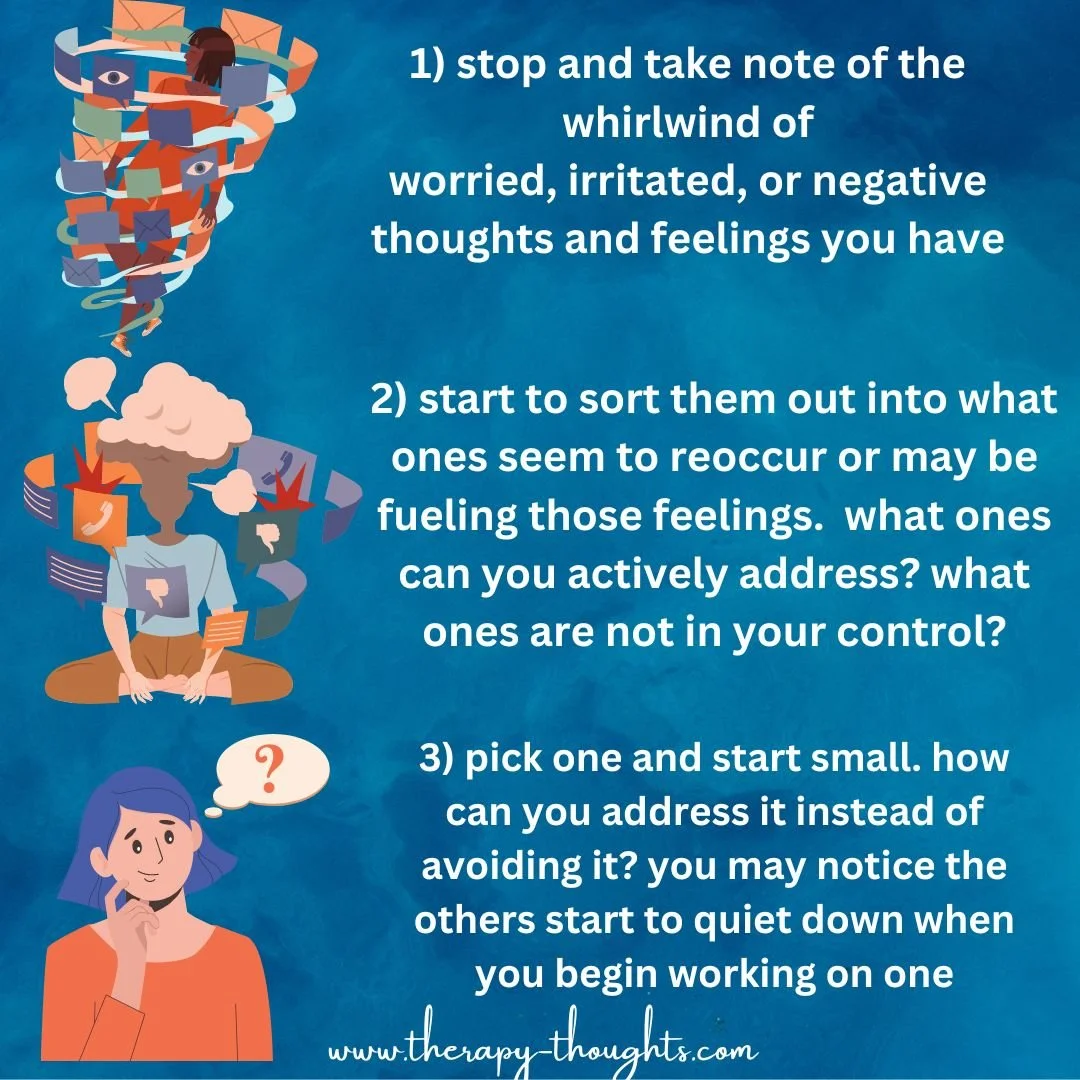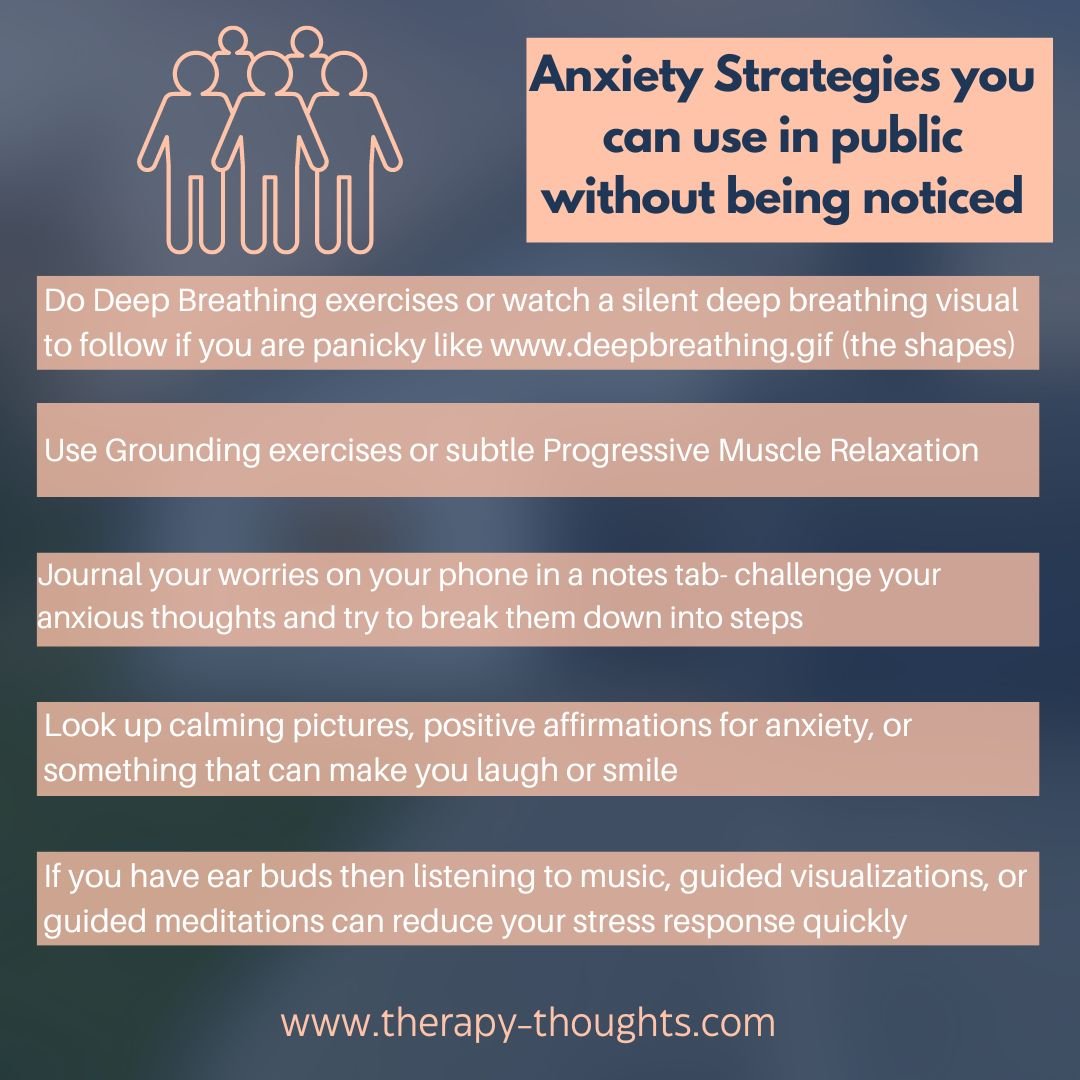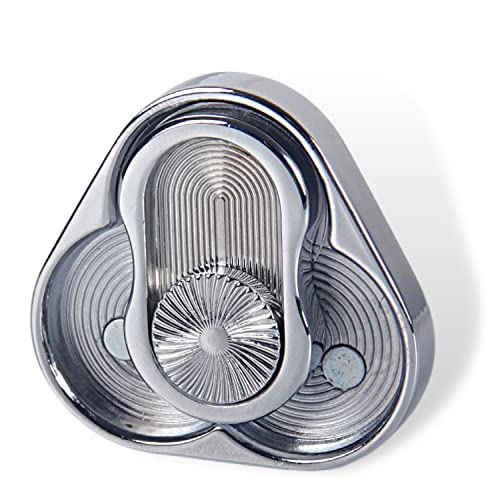Strategies To Help With Mild Travel Anxiety
Mild anxiety about traveling to new places, flying for the first time, driving long distances, traveling solo, navigating different cultures and languages, and much more can naturally cause some anxious feelings and apprehension. It may look like avoiding thinking about your plans, feeling tension when you picture certain aspects of your trip (like flying), focusing on all the “what if’s”, or noticing yourself growing more irritable as your trip gets closer. In this blog I’ll discuss some strategies to help address mild travel anxiety.
These strategies alone will likely not be enough for a more serious and clinical level of travel anxiety, so if you find you need more than they can offer, working with a mental health professional to address your fears and your body’s responses to them may better provide you the help you need. The first few strategies will be for the time building up to your trip and the last few will be tips for managing anxious feelings while you’re on your trip.
Strategy 1
This first strategy may seem obvious, but when it comes to anxiety, things often aren’t. Tip one is to identify what you are anxious about. Often anxiety can be a feeling of apprehension or tension that builds or worsens over time and we don’t always recognize what’s exactly fueling it. We may be more aware of how our body feels instead of the thoughts we are having. Or we may tend to overgeneralize our anxiousness to a really broad reason. For example, just saying that “traveling makes you anxious” (broad) may mean that you’re not addressing the actual anxiety triggers which may be more specific, such as navigating somewhere new or being away from your comfort people- family, animals, children, etc.
When you pinpoint what you are anxious about- and be kind to yourself if this first step takes some time- you can begin planning ways to address those specific triggers in a healthy and compassionate way for yourself. It then allows you to think of traveling as different degrees of feelings- it has some parts that make you feel more anxious (your triggers) as well as some parts that make you feel happy and relaxed.
Strategy 2
The second strategy is to plan ahead. This may seem difficult to do if you would naturally avoid the entire idea of your trip when you are anxious, but remember, you will have broken that overall sense of worry down into more specific concerns. You might choose to plan for those specific concerns last, depending on what they are, and instead focus on the plans that surround the aspects of the trip you are more comfortable with. My previous blog has tips on planning to reduce vacation stress that you can check out here.
It may seem like continuing to avoid thinking about your trip until the last minute is actually the better option, but anxiety likes to trick us into thinking that avoidance is the best way to handle the things that make us uncomfortable. Since avoiding something gives us immediate relief from having to experience it, it seems like the best solution. But in reality, we have just allowed that anxiety to grow, making that task seem even more overwhelming when we eventually have to face it. So if trip planning is a trigger for you, start it around the aspects that you know you will enjoy or that you feel neutral about. Get the details that aren’t related to your worries figured out and then you can move to the ones that are more stressful for you. You can pair your planning sessions with positive experiences, such as enjoying your favorite meal, drink, music, or location while you plan.
Strategy 3
Next, you’ll begin to tackle those anxious thoughts, those “what-if’s”. Lets take a mild fear of the airport for our first example. It may include navigating it, flying, losing luggage, etc. We take that fear and again begin to break it down. How can you ‘expose’ yourself to visualizing those stressors and being able to manage them in the moment. You can look up pictures of the airport you’ll be at as well as the one you’re flying into, screenshot maps of it or tips from online groups about that airport and what you need to know for it, find out how to get to your luggage and transportation when you land, look up your airline and airport’s luggage regulations, or plan a way to keep all the items you need organized and accessible to reduce your fears of not being able to find things or forgetting/losing them. Start this process well before your trip so your mind isn’t still stressing about figuring it out and so you can break down the time it takes to get these answers over a longer period than just the day or two before your trip.
This third strategy is visualization and desensitization for your anxiousness. Are there youtube videos, pictures, or sounds that you can watch and listen to that will help prepare you for having a neutral or positive experience in the specific scenario you are worried about? Break down your “what-if” thoughts into, “How likely is it that it could happen”, “What steps can I take to reduce the risk of that happening”, and “What could I do if that did happen”. Are there reputable videos showing you steps to take in those scenarios or ways to help yourself prevent them. When it comes to visualizations you can start gradually and work your way up to longer periods of time if it still makes you anxious. Work on the activity for as long as you can, take a break, promise yourself that you’ll come back to it, and then follow through until you feel more comfortable with that scenario. It is normal if you still feel a little anxious in your body the day you actually encounter that former fear, but it shouldn’t prevent you from addressing that anxiety. Our body is not always on the same pace as our mind.
For moderate or more intense clinical anxiety, though, this type of strategy may be best to work with a therapist or mental health professional through exposure therapy. Moderate or more intense anxiety may look like having panic attacks, trouble sleeping, or wanting to cancel travel plans due to your anxious thoughts and feelings. Exposure therapy with a professional will be tailored to your specific needs and abilities, without pushing you into any experiences that you don’t feel ready to begin. It can allow you to build a tolerance to the feared situation and eventually minimizes your body’s physical responses to it. It can also help you rewire the way your brain has associated that experience to a negative reaction or thought and help you build neutral or more realistic reactions to that experience or stimuli in the future.
Strategy 4
The next strategy is to take care of your body, not just your mind. Feeling anxious has a physical impact on you. If you try to focus on maintaining good sleep and eating habits and maintaining good activity levels in the days leading up to your trip, you can have a huge impact on your anxious thoughts and responses. We call these your foundational needs because they not only impact your mental health, but they are also impacted by your mental health. This can lead to a cycle of not feeling well and not functioning well. So try to find a healthy balance between them or focus on an area that is easiest for you to maintain.
This can also look like practicing daily deep breathing, grounding, meditation, positive visualizations, or progressive muscle relaxation exercises. Doing one of these even for only 5 minutes a day means that you can be ready to use them and get the best benefit from them if you are anxious or stressed on your trip. If you try to use any of these strategies for the first time on your trip, it is likely to feel ineffective or overwhelming. They need to be built-in habits and natural responses to stress for you. You can check out my previous blogs, links, and videos on some of these strategies for more step by step information.
Strategy 5
The final strategy is for the day of your trip or when you’re actually engaging in the situations that were making you anxious. Have tools to help yourself funnel your anxious energy, like fidgets or loose jewelry you can spin- etsy has a lot of anxiety/fidget jewelry.
Your body can still feel anxious and express physical symptoms of that anxiousness even though you are now more aware of your actual safety and control. That is because our body and its responses are not always aligned with our thoughts or our awareness. Just because you know something is safe doesn’t mean your body is ready to react that way fully… yet. The more you can engage in that experience with neutral or positive results, the more your body can catch up. This is also a reason visualizations can be so impactful.
You can also talk to your doctor about natural relief to help with stress levels before and during your trip, whether it is a supplement like L-Theanine, B Complex Vitamins, Magnesium or teas that can help with your cortisol levels during your travels. Talk to your doctor about the benefits or side effects of taking supplements for mild anxiousness.







